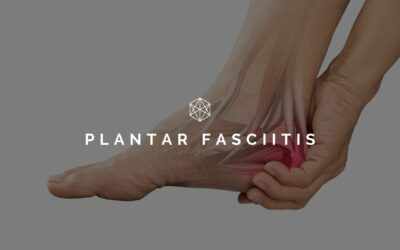Office workers that stand, as well as sit, while working appear to have improved job performance and psychological health, new study finds.
“Sitting disease” is a colloquial term coined by the scientific and medical community in reference to the range of health and well-being problems that can arise from an overly-inactive lifestyle. A recent British Medical Journal report has shown that high levels of sedentary behaviour – such as sitting – may increase a person’s risk of developing chronic diseases (e.g. type 2 diabetes, heart disease and some cancers). Sitting for long periods of time can also contribute to musculoskeletal issues, such as lower back and neck pain, plus sedentary behaviour has also been shown to negatively impact work-related outcomes such as engagement and attendance.
Office workers are one of the most sedentary occupational sectors, spending 70-85% of time at work sitting. With this in mind, a team of UK-based researchers, with collaborators in Australia, set out to evaluate the impact of “Stand More At (SMArT) Work” – an intervention designed to reduce sitting time at work.
They studied 146 office workers based at the University Hospitals of Leicester, NHS Trust, over a 12-month period. The data subjects were randomly assigned to an “intervention group” and “control group”. Participants in the intervention group received a height-adjustable workstation, an information seminar, workstation instructions with sitting and standing targets, a self-monitoring and prompt tool, feedback on sitting and physical activity, and coaching sessions. The control group continued as usual.
Here are some of the findings:
- At the start of the of the study, researchers recorded that the average sitting time of the participants was 9.7 hours per day. After sit-stand desks were introduced, the results show that sitting time was lower by 50.62 minutes per day after 3 months, 64.40 minutes lower per day after 6 months, and 82.39 minutes lower per day after 1 year.
- Curiously, while standing time increased throughout the study, physical activity (steps) remained unchanged.
- In conclusion, the researchers found that workstations which allow employees to alternately stand and sit at work, may positively impact on job performance, work engagement, occupational fatigue, “presenteeism” (defined by the Oxford Dictionary as, “the practice of being present at one’s place of work for more hours than is required, especially as a manifestation of insecurity about one’s job”), daily anxiety and quality of life.
- The researchers suggested that further study could investigate the longer term health benefits of replacing sitting with standing, and how best to promote movement rather than just standing while at work.
Our team of chartered physiotherapists at Mid West Physiotherapy, Castletroy, Limerick, are specialists in treating musculoskeletal injuries and occupational injuries, and regularly treat patients who are working in office-based roles. If you are concerned about an injury, or the effects of a sedentary lifestyle, we would be very glad to help. You can contact us via this website, or by ringing our clinic on 061-201444.
You can read the full study here.

